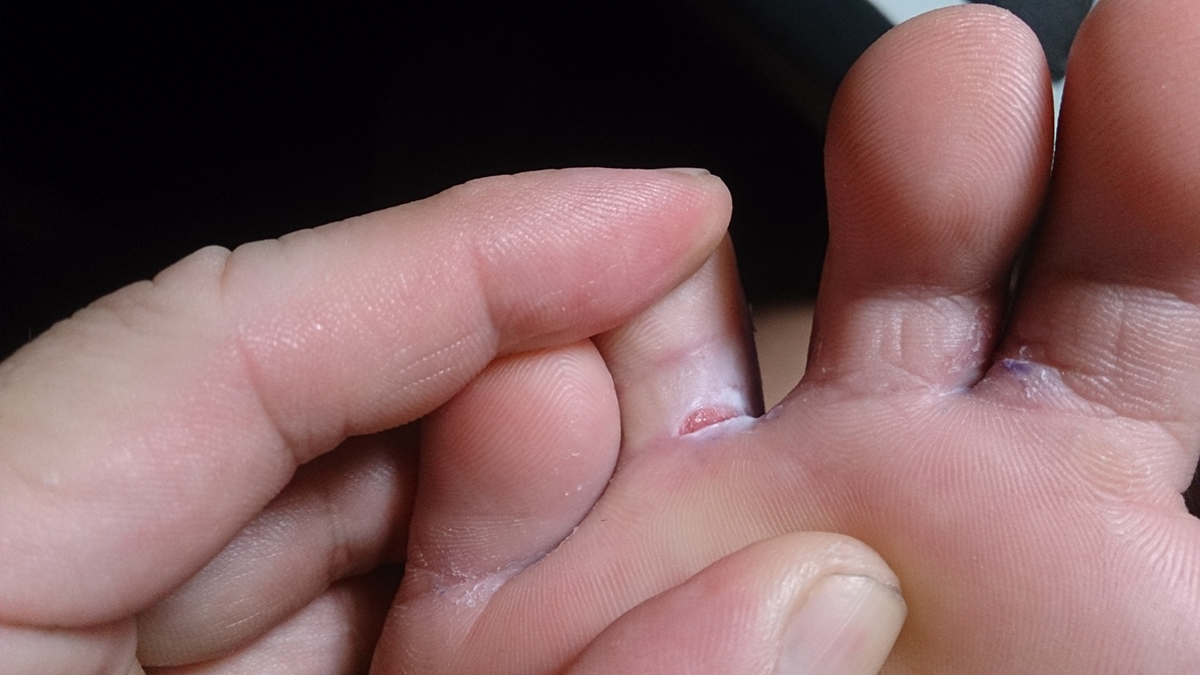
Athlete’s foot is one of the most common fungal skin infections. Basically, it is a rash that develops on the skin of the foot and it may affect different parts of the foot in different ways depending on the type of the infection.
Athlete’s foot is caused by fungi that grows on top or on the top skin layer of the foot because the area between the toes is wet and warm which makes it perfect for the growth of fungi. This type of infection spreads very easily in many different ways. A person can get it by touching the toes and feet of a person that is already contaminated. One can also get their feet contaminated when walking barefoot on contaminated surfaces such as locker rooms or areas surrounding the swimming pools. Sometimes a person can spread the infection further without getting the infection themselves. Some people are more prone in getting the infection than the others and once they had it, it is very likely that they will get it again.
Depending on the type of athlete’s foot, the symptoms may include burning, itching, cracking and peeling of the skin. Infection of the toe web is most likely to occur between the fourth and the fifth toe. This type of infection causes the skin to become scaly as it cracks and peels and sometimes the condition can get even worse if certain types of bacteria are involved as well. Moccasin-type of athlete’s foot starts with soreness which is then followed by a thickening and cracking of the skin.
Sometimes a toe nail infection can get developed and cause the nails to become thicker, crumble and in some cases even fall out. The fungal infection of the toenails requires a completely separate treatment. Vesicular type of infection involves large blister filled with fluid that gets developed under the skin and a bacterial infection is pretty much common with this type of fungal infection.
Athlete’s foot can be diagnosed by looking at the feet and can be treated at home fairly easily. Nonprescription medications include miconazole, tolnaftate, terbinafine and clotrimazole. These medications can be in the form of lotions, gels, creams, swabs, solutions, ointments, powders and sprays and are usually applied topically to the skin. The treatment may last up to six weeks. Vesicular infection is treated with Burow’s solution by soaking the feet in it or by applying compresses. When the blisters disappears, the infected area should be treated with an antifungal cream.
In order to prevent athlete’s foot one should keep the feet dry and clean, dry the areas between the toes after bathing or swimming, wear shoes that allow the feet to breathe, wear socks indoors, wear cotton socks which are changed twice a day, use antifungal powder on the feet and always wear sandals in public areas.



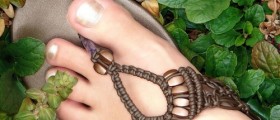
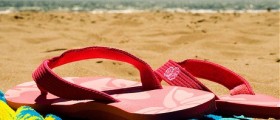
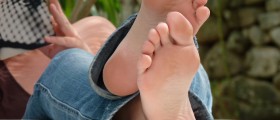

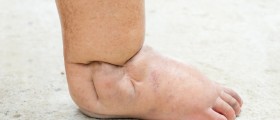
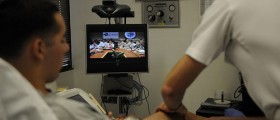



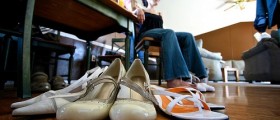
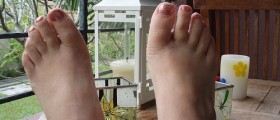

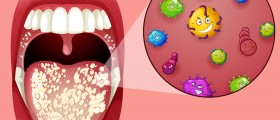

Your thoughts on this
Loading...